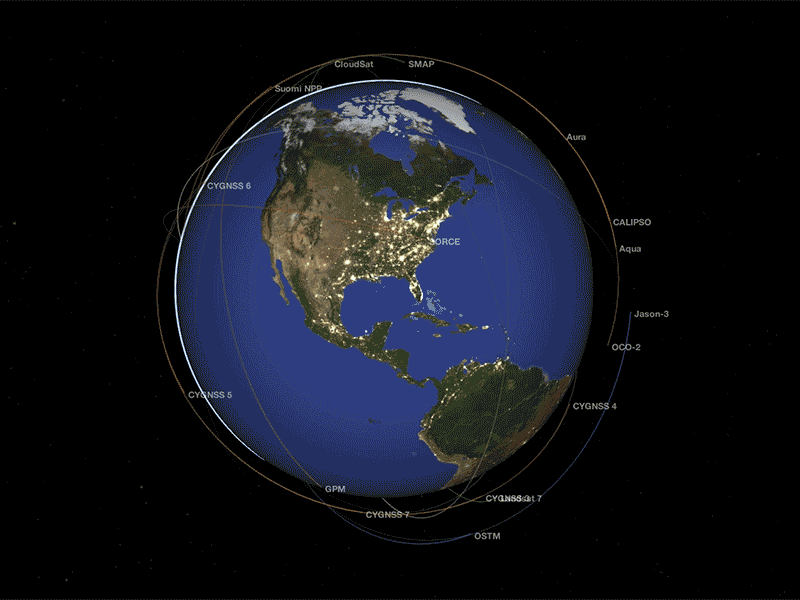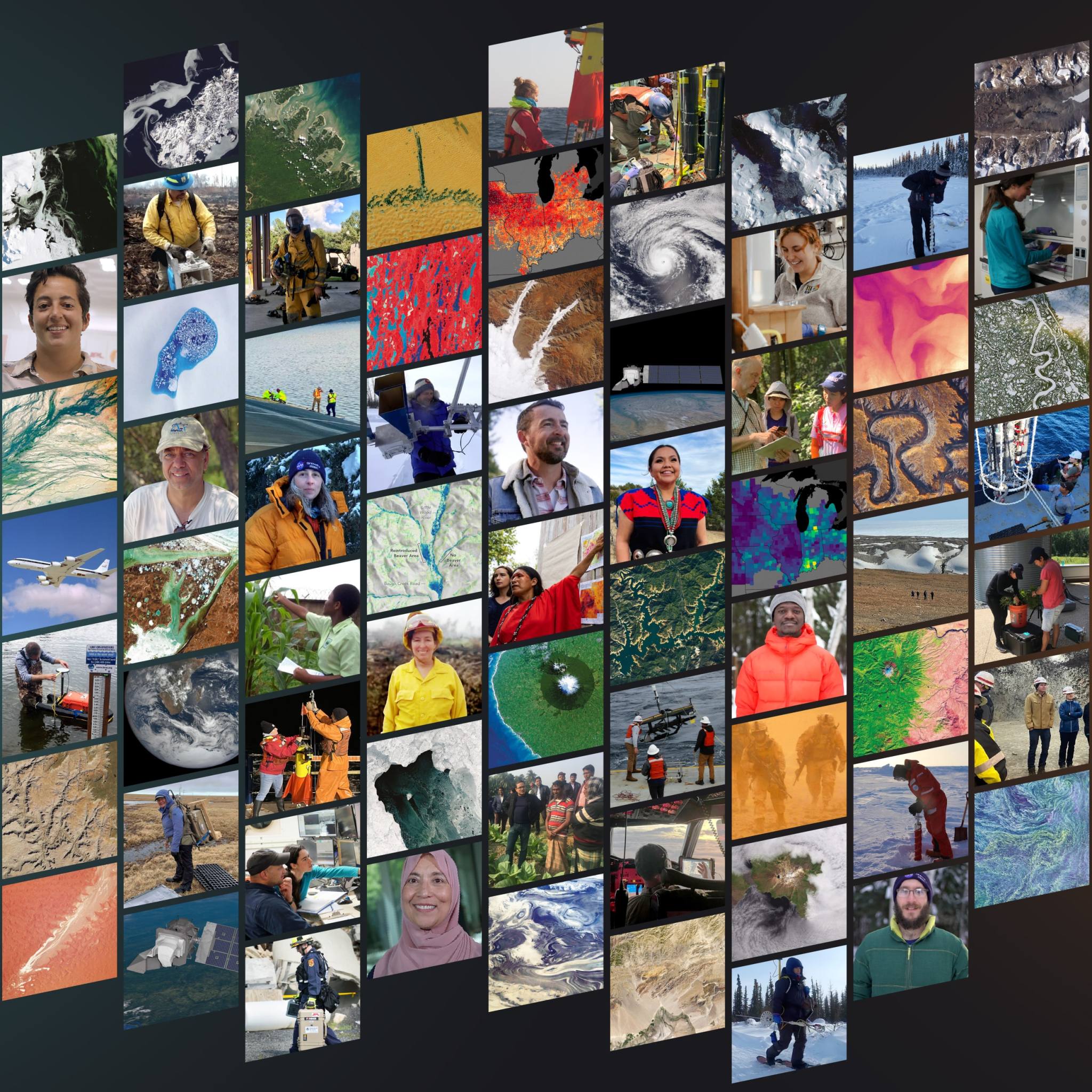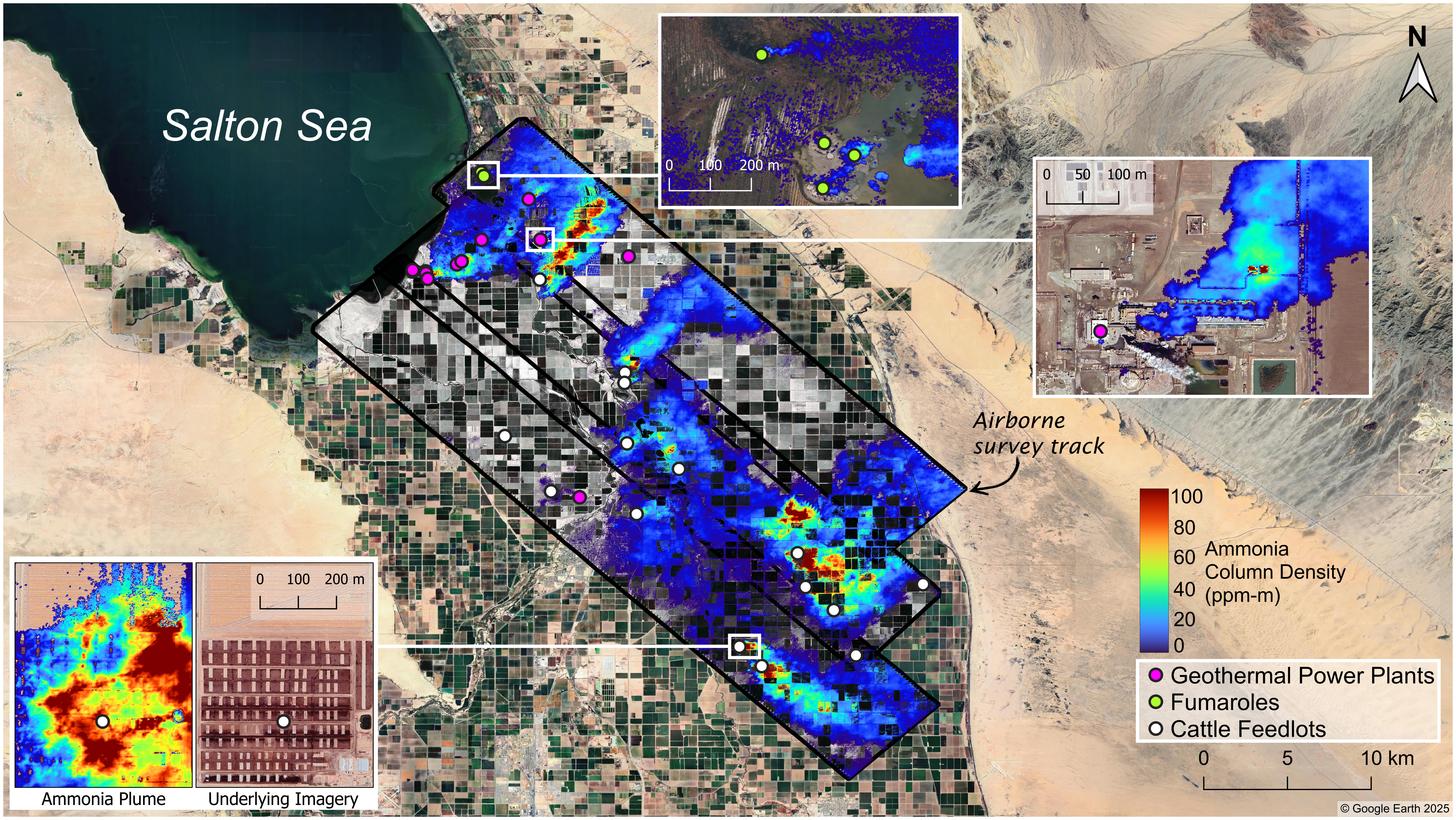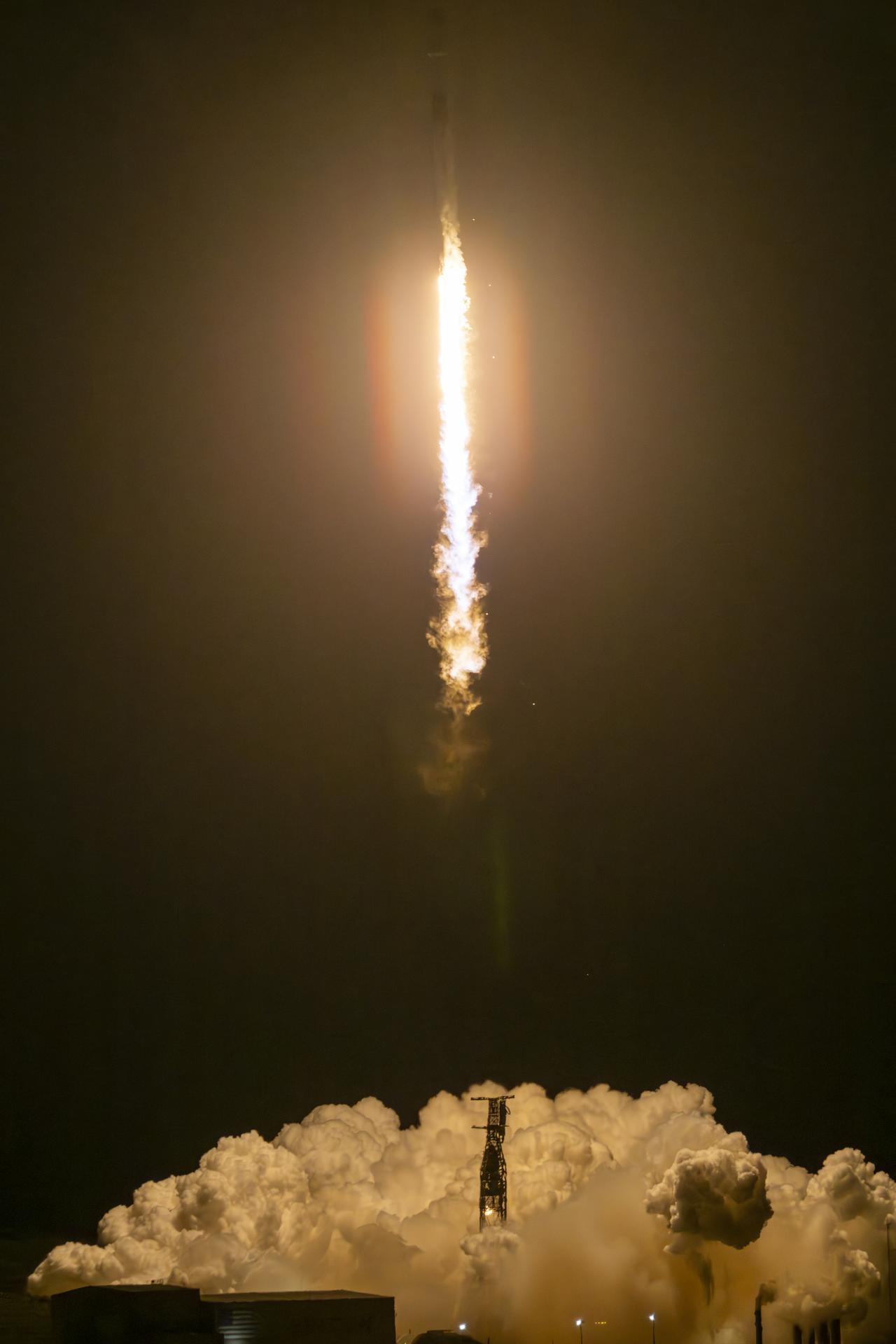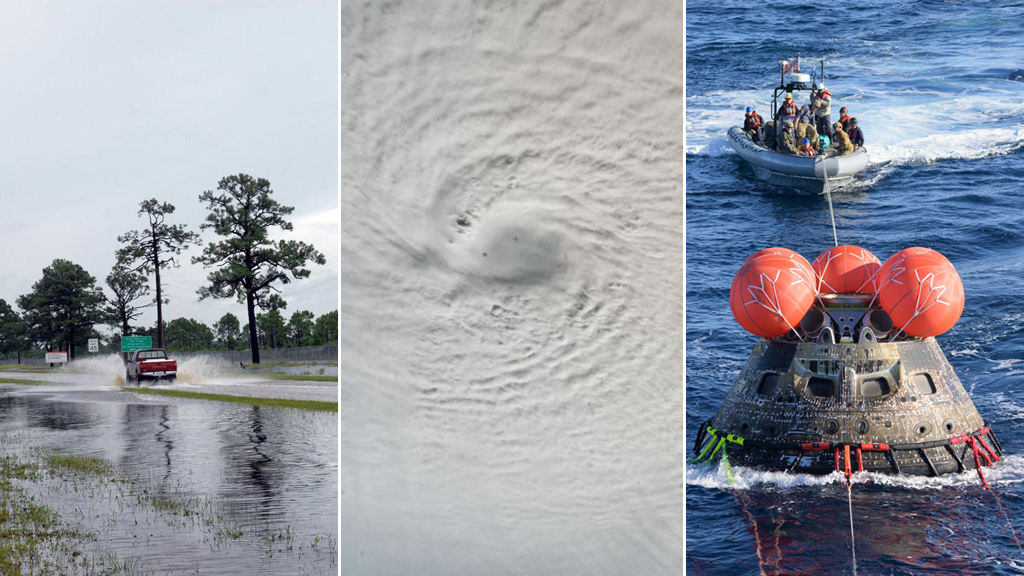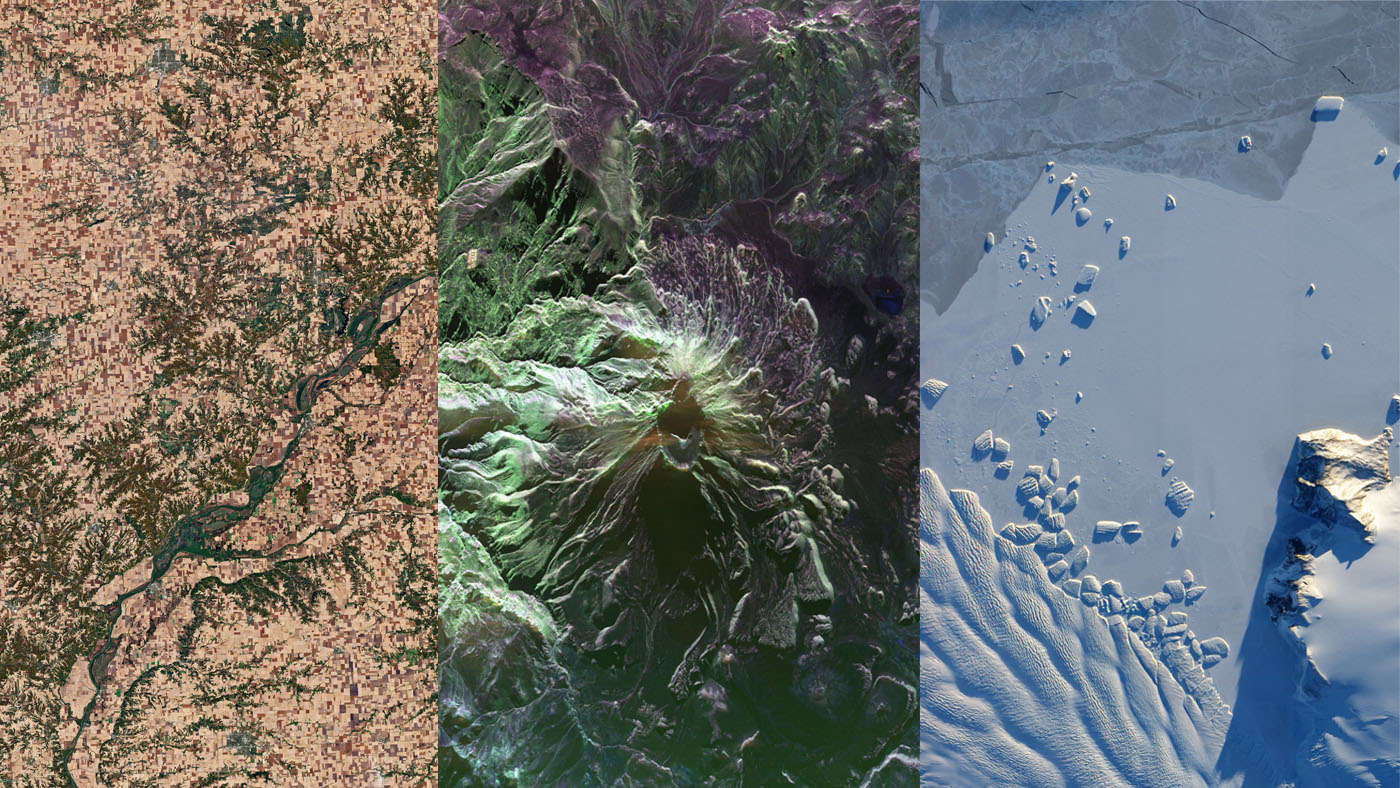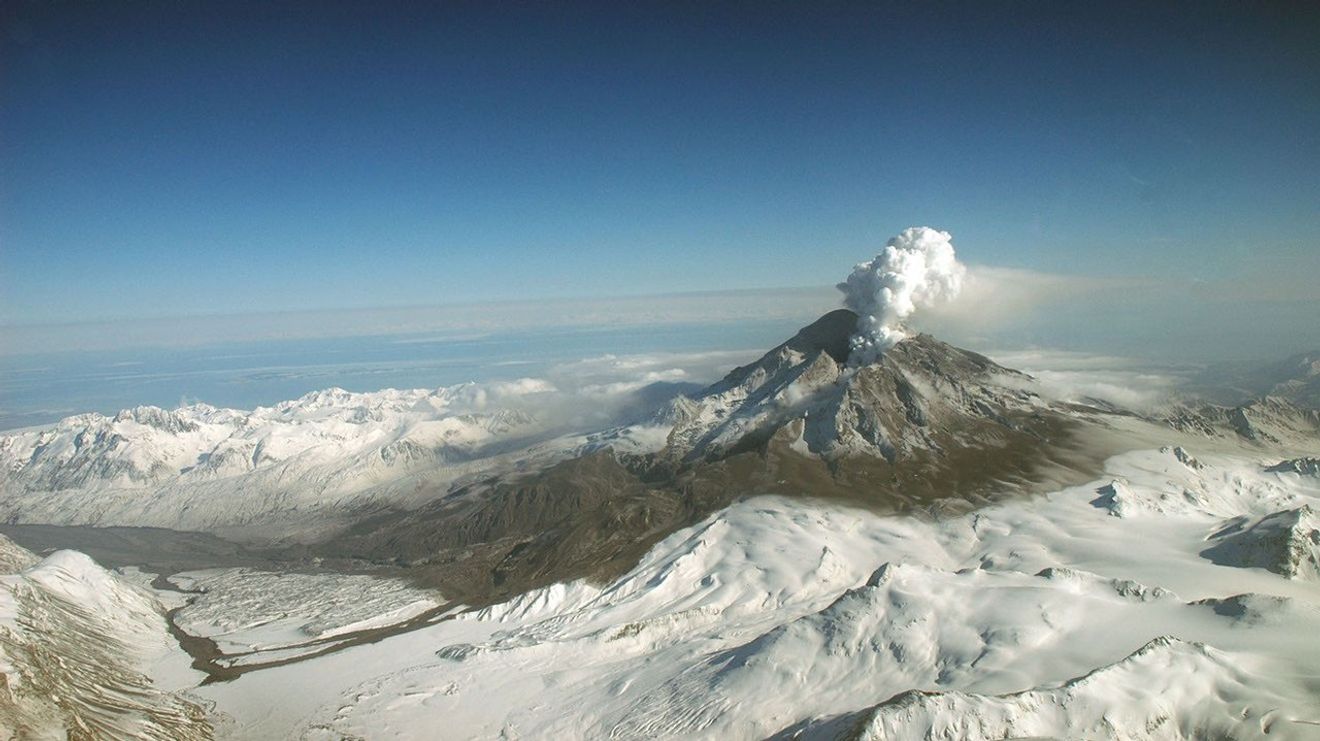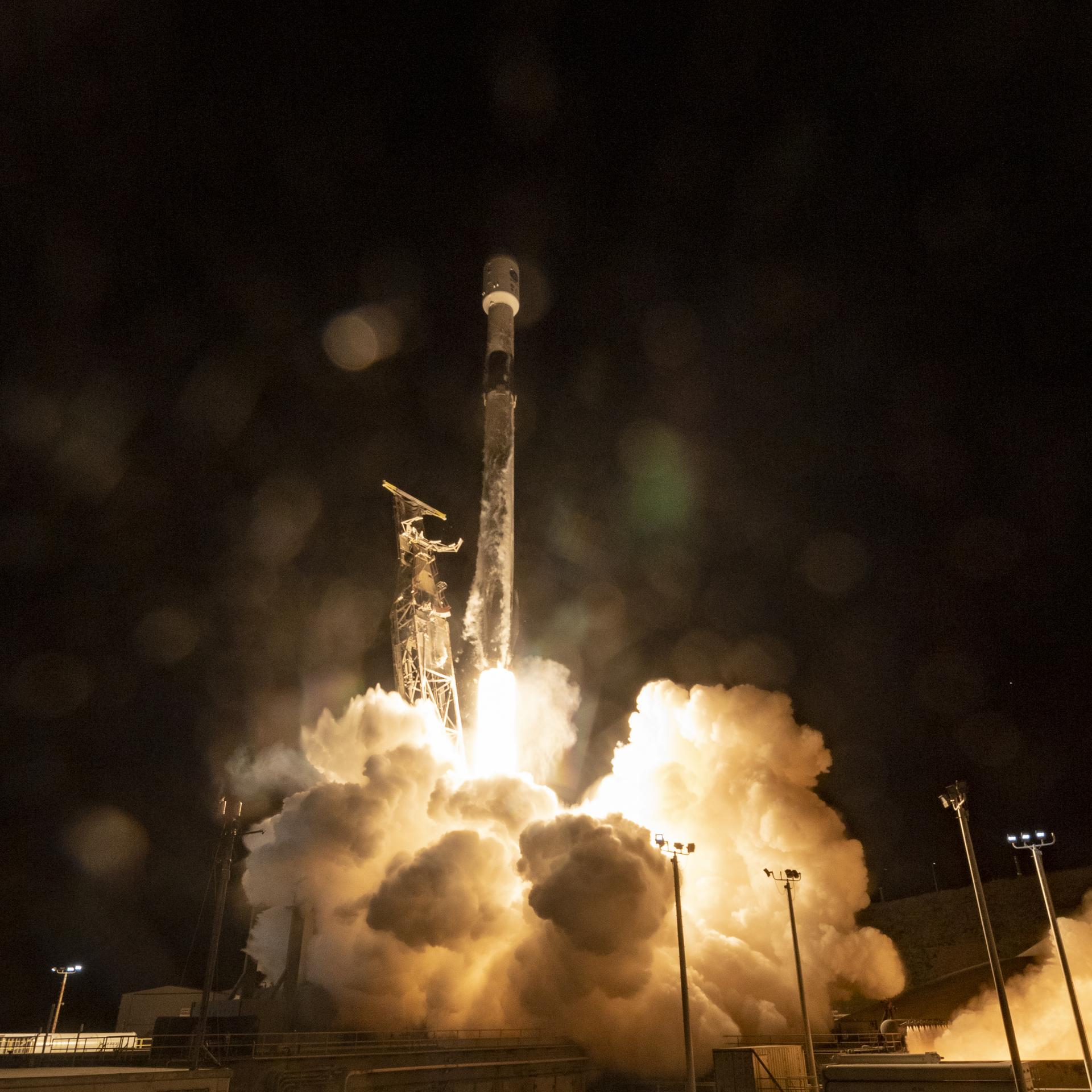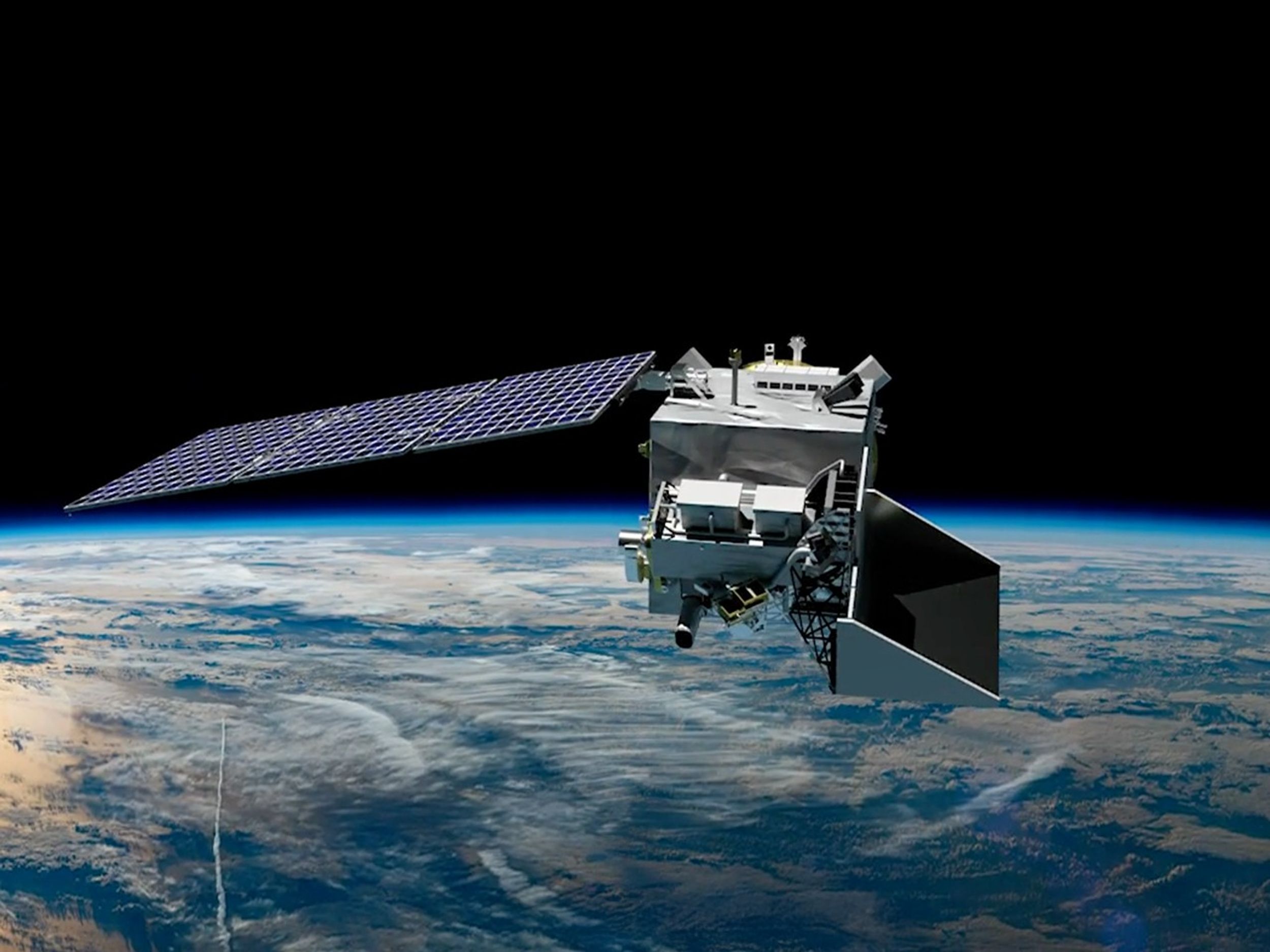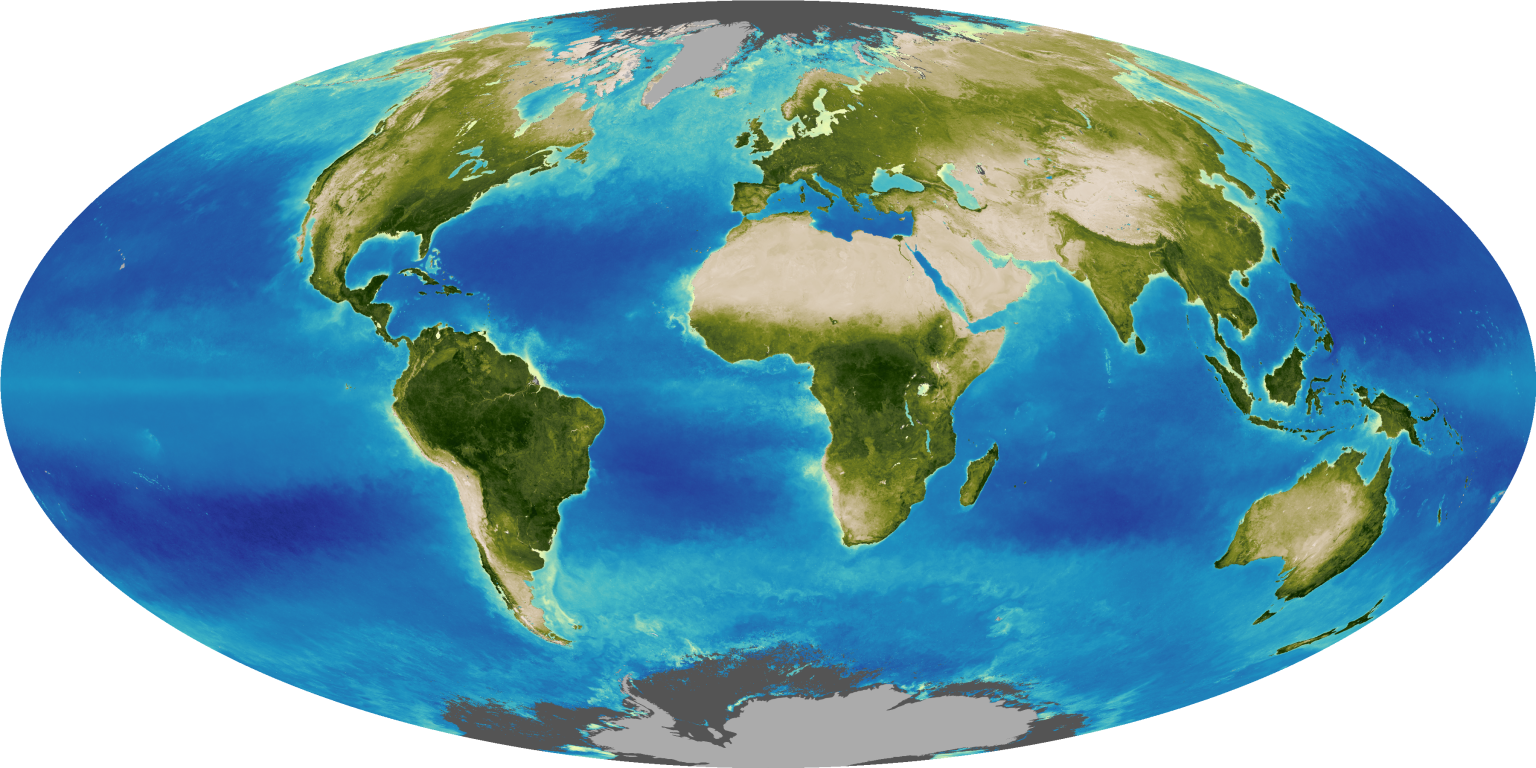NASA is an exploration agency, and one of our missions is to know our home. We develop novel tools and techniques for understanding how our planet works -- for the benefit of humanity and for insights we need to explore other moons and planets. NASA's Earth Science Division operates more than 20 satellites in orbit, sponsors hundreds of research programs and studies, and funds opportunities to put data to use for societal needs. We develop new ways to observe the oceans, land cover, ice, atmosphere, and life, and we measure how changes in one drive changes in others over the short and long term. While listening to and collaborating with industry leaders, international partners, academic institutions, and other users of our data, we drive innovations and deliver science to help inform decisions that benefit the nation and the world.
Recent News and Articles
Earth Observatory Image of the Day
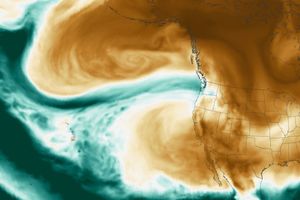
A potent atmospheric river delivered intense rainfall to western Washington, triggering flooding and mudslides.
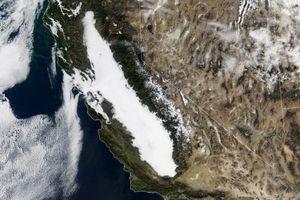
The right combination of conditions allowed this distinctive low cloud to form in California’s Central Valley for weeks.
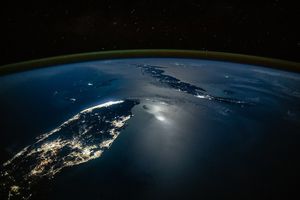
An astronaut photographed moonglint shimmering across the sea surface and the bright clusters of Florida’s cities at night.
Inside the Visualization: Aerosols
NASA uses satellites, ground measurements, and powerful computer models to track tiny particles floating in our air called aerosols. These small particles can travel thousands of miles, affecting the air we breathe and how far we can see, even far from where they originated.
Watch on YoutubeNISAR
Carrying an advanced radar system that will produce a dynamic, three-dimensional view of Earth in unprecedented detail, the NISAR (NASA-ISRO Synthetic Aperture Radar) satellite was launched from India on July 30, 2025. Jointly developed by NASA and the Indian Space Research Organisation (ISRO), the satellite can detect the movement of land and ice surfaces down to the centimeter. The mission will help protect communities by providing unique, actionable information to decision-makers in a diverse range of areas, including disaster response, infrastructure monitoring, and agricultural management.
Leaf Year: Seeing Plants in Hyperspectral Color
Researchers have now gathered a complete year of PACE data to tell a story about the health of land vegetation. PACE now allows scientists to see three different pigments in vegetation: chlorophyll, anthocyanins, and carotenoids. The combination of these three pigments helps scientists pinpoint even more information about plant health.
Watch on YouTubeScience in Action for Society
Learn how NASA’s studies of Earth bring benefits to the nation and world.

NASA Data Powers New Tool to Protect Water Supply After Fires

Meet Mineral Mappers Flying NASA Tech Out West
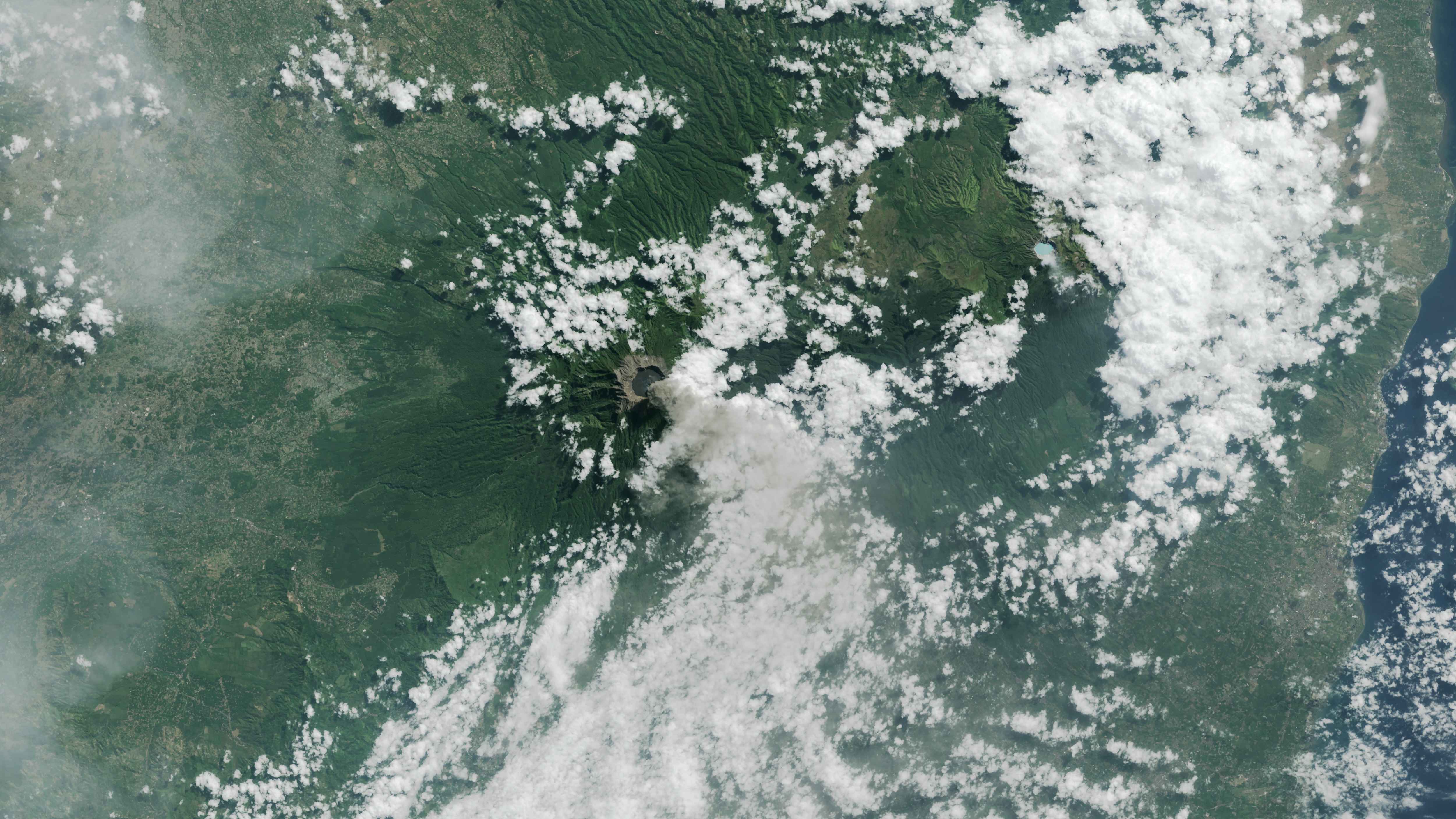
How NASA Is Testing AI to Make Earth-Observing Satellites Smarter

NASA Mission Monitoring Air Quality from Space Extended

NASA Tech to Use Moonlight to Enhance Measurements from Space

NASA Aircraft, Sensor Technology, Aid in Texas Flood Recovery Efforts

NASA Sensor on Space Station Eyes Contamination off California Coast

NASA’s Ready-to-Use Dataset Details Land Motion Across North America
NASA’s Hurricane Science, Tech, Data Help American Communities
With hurricane season underway, NASA is gearing up to produce cutting-edge research to bolster the nation’s readiness and response to severe weather.
Read Article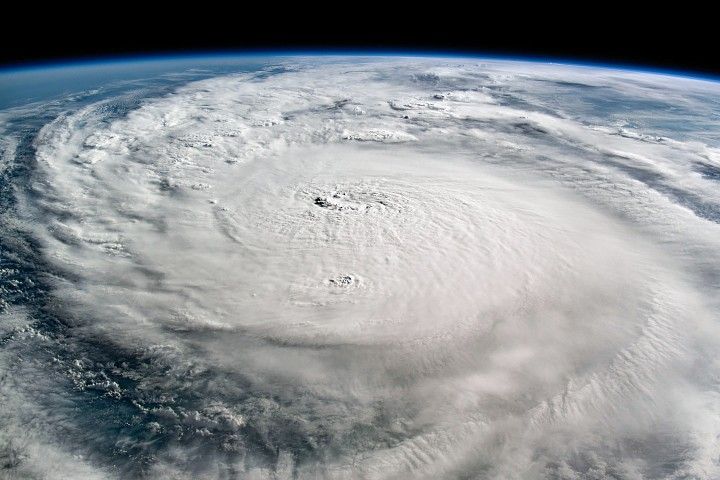
Sensing the Seas
For more than forty years, NASA has found unique ways to study the surface layers of the ocean from the tropics to the poles. With three new missions since 2020 – PACE, SWOT, and Sentinel 6-Michael Freilich – we are now ushering in a new era of ocean studies.

NASA’s PACE Mission Reveals a Year of Terrestrial Data on Plant Health
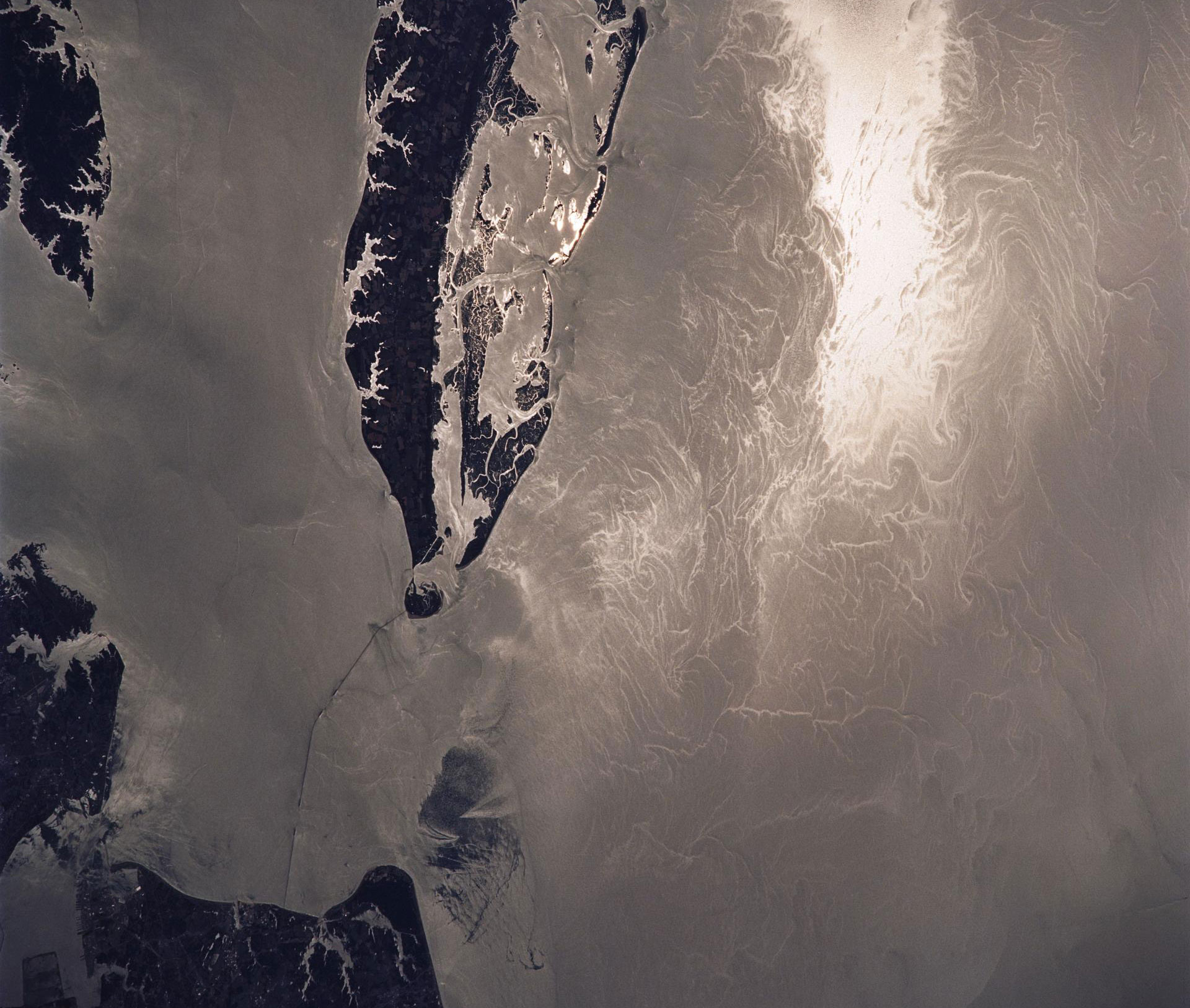
NASA, French SWOT Satellite Offers Big View of Small Ocean Features
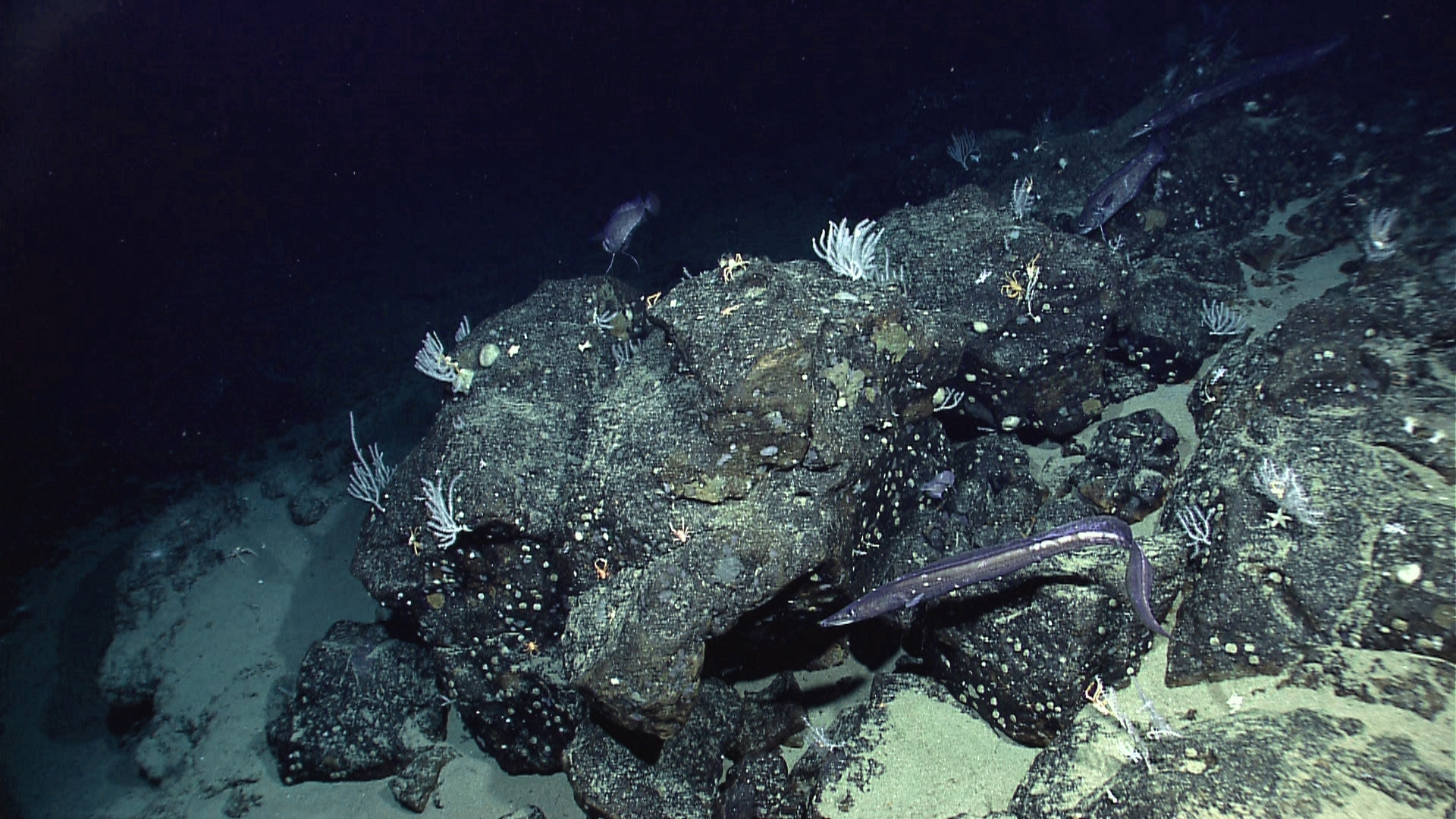
Next-Generation Water Satellite Maps Seafloor From Space
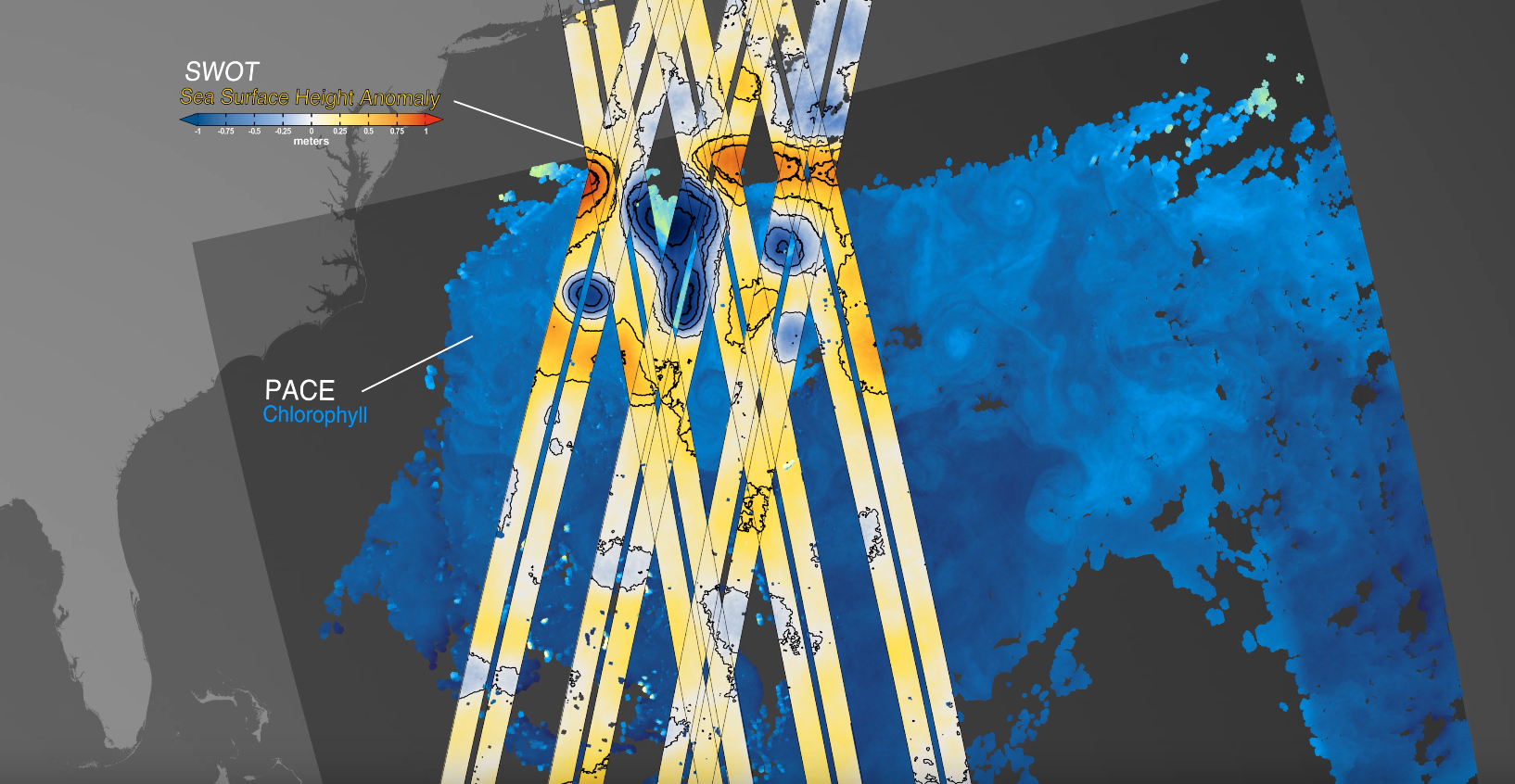
NASA’s PACE, US-European SWOT Satellites Offer Combined Look at Ocean

NASA Analysis Shows Irreversible Sea Level Rise for Pacific Islands

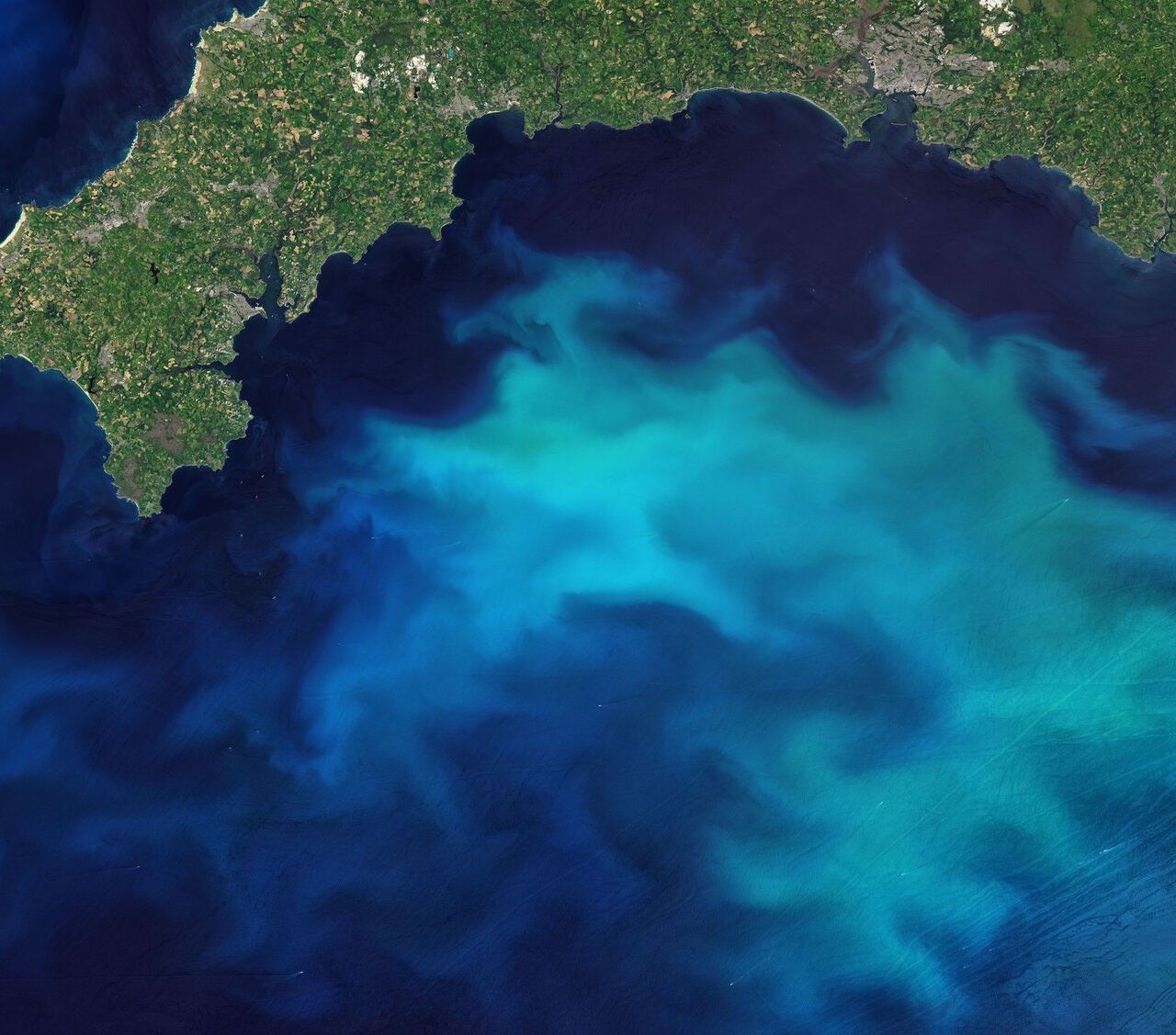
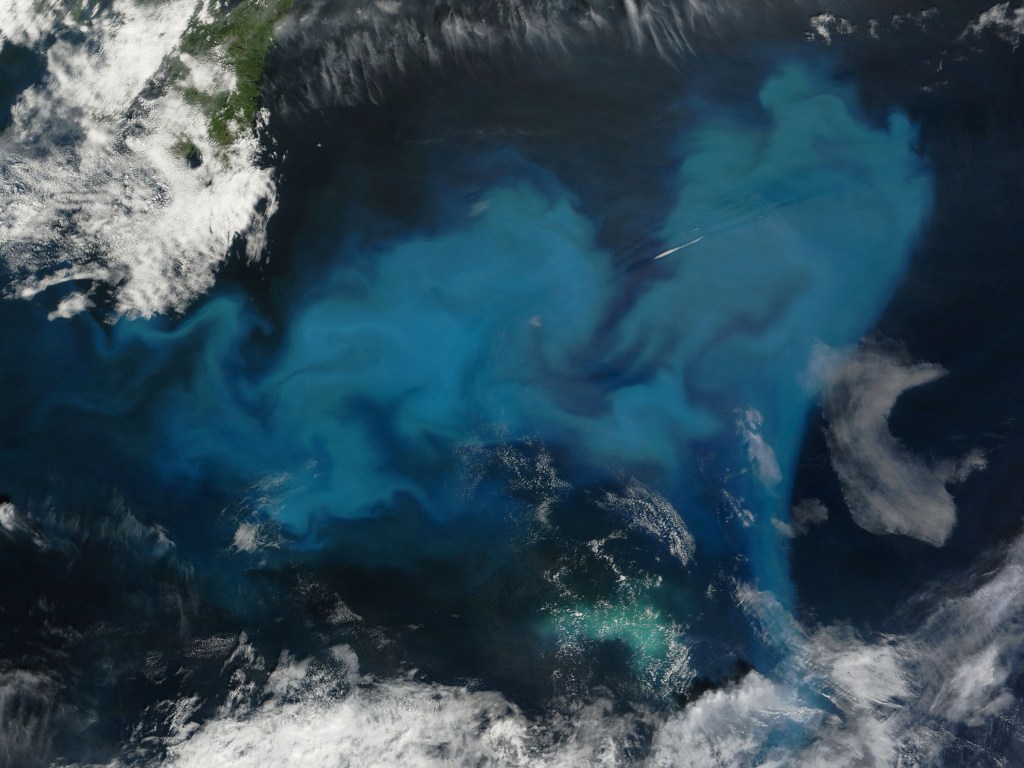
Earth Information Center
For more than 50 years, NASA satellites have provided data on Earth's land, water, air, temperature, and climate. NASA's Earth Information Center allows visitors to see how our planet is changing in six key areas: sea level rise and coastal impacts, health and air quality, wildfires, greenhouse gases, sustainable energy, and agriculture.
Explore